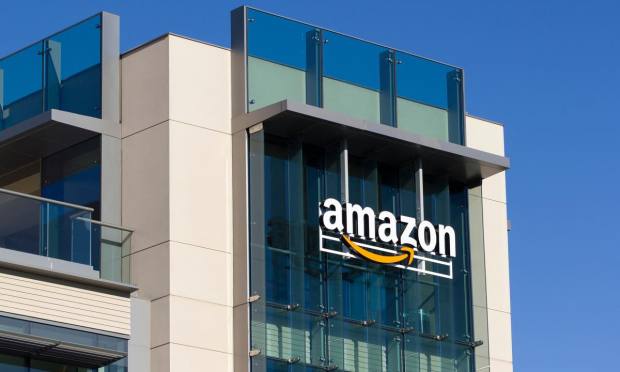Amazon Eyed Opening Discount Stores To Manage Inventory Surplus

In what would mark a major expansion of its brick-and-mortar operations, Amazon has considered launching a chain of discount home goods and electronics stores, Bloomberg reported Thursday.
Citing two people familiar with the company’s plans, Bloomberg said the stores would carry unsold, steeply-discounted products from Amazon’s warehouse.
Amazon has explored the idea of opening both permanent locations and pop-up stores in malls or parking lots, the sources told Bloomberg. The preliminary plans were being discussed last year but were derailed by the COVID-19 pandemic and the launch of the Fresh grocery chain.
“It’s a way to be able to clean out warehouses, and get through inventory without having to destroy it,” said one of the Amazon insiders. “It is keeping with the value proposition of Amazon, keeping price at the forefront and allowing customers to get access to products at low cost.”
Bloomberg said Amazon declined to comment on the story.
Amazon has increased its brick-and mortar operation recently, beginning with the debut of a chain of bookstores in 2015 , according to Bloomberg.
Other brick-and-mortar Amazon operations include the company’s cashierless convenience store Amazon Go, which opened in 2018. That same year saw the debut of Amazon 4-Star, an electronics and home goods store.
The company operates 96 physical stores plus another seven pop-ups at malls, along with the 500-plus stores run by Whole Foods, which Amazon acquired in 2017.
The Bloomberg report comes at a time when Amazon and other eCommerce retailers are searching for new warehouse space.
As PYMNTS reported last year, a report from the real estate consultant JLL found that the United States will need 1 billion additional square feet of warehouse space over the next few years to keep up with the growth of eCommerce.
The report found that the need for fulfillment centers drove 50 percent of industrial transactions, compared to 35 percent before the COVID-19 pandemic. The coronavirus also forced Amazon last year to restrict some of the storage capacity in its warehouses.
